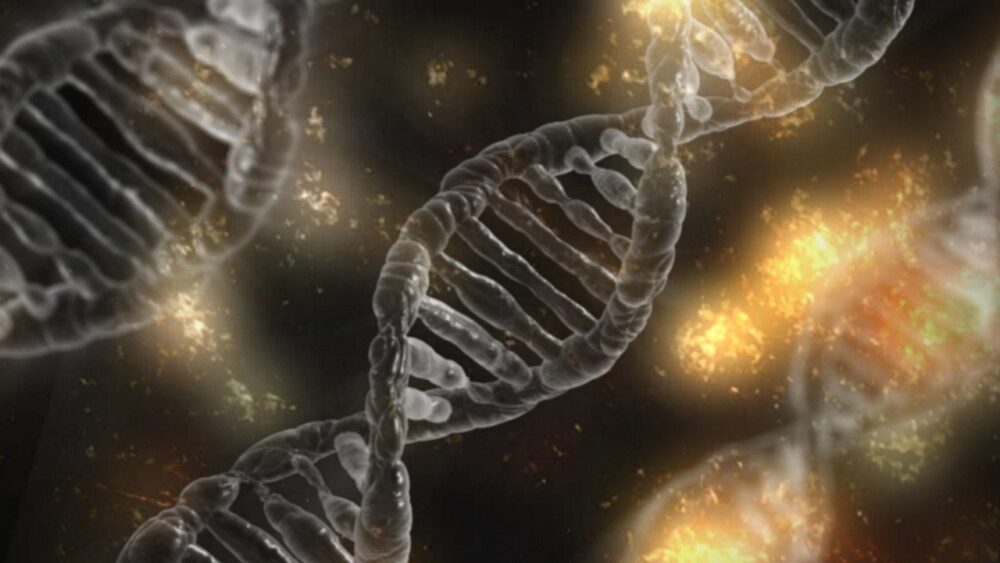All cells come from pre-existing ones, an important aspect of cell theory that is universally accepted by biologists today. But where did that first cell come from? By what process did the first cells appear, and how do they differ from cells now? Understanding these ancient life forms on Earth will inform researchers where else in the universe life might appear. To study this, it is important to first comprehend how modern cells function.
The central dogma, involving DNA, RNA, and proteins, is an explanation for the flow of information stored within genes in biological systems.
Every organism on Earth today, from the sponges in the sea to the fungi in the forest, revolves around the central dogma theory of molecular biology. The central dogma, involving DNA, RNA, and proteins, is an explanation for the flow of information stored within genes in biological systems. In the majority of organisms, genetic information is stored as DNA, which serves as a blueprint for designing cells. To utilize this information, the cell undergoes a process called transcription, which uses DNA strands as a basis for creating complementary strands of RNA. The resulting RNA is then sent into the cytoplasm of a cell and translated into a protein using ribosomes, an organelle. This entire process — from transcription to translation — is referred to as gene expression and creates the functional proteins that control almost all the mechanisms within a cell. In a real organism, DNA is constantly replicated and transcribed. The classification of a cell is determined by the levels of expression for different genes. For example, in humans the same DNA is found in both muscle cells and neurons, the only distinction being the genes that are expressed.
This entire process — from transcription to translation — is referred to as gene expression and creates the functional proteins that control almost all the mechanisms within a cell.
It is speculated that the earliest versions of life did not operate within the bounds of the central dogma because DNA had yet to evolve. It is theorized that all life was based on the reactions of RNA molecules in the RNA world. Instead of acting as the intermediate between DNA and proteins, RNA served as a catalyst, or molecule that increases the rate of reactions in cells. Although reactions catalyzed by ancient RNA were much slower than reactions using modern enzymes, the RNA catalysts were much simpler to synthesize. Scientists have argued that DNA evolved much later, and its prevalence today is the result of its advantages over RNA, mainly being its stability, both over time and in lower pH conditions. While relying on the RNA world theory is tempting, many researchers today struggle to recreate conditions that could have supported the formation of early RNA molecules. For example, since RNA replicates better along a temperature gradient, biochemists argue that life must have appeared near a source of heat. However, on infant Earth, most heat sources such as volcanoes would have had a pH too low for stable RNA molecules to form. So it’s clear that even though scientists believe life started with RNA, the environment in which the first RNA molecules appeared remains a mystery.
Abiogenesis is the process by which organisms are spontaneously created from non-living sources. While the RNA world theory argues that RNA served as the non-living source of life, it still does not explain what created the first living creatures. The question remains: what drove these molecules together to form what we recognize as the first cells?
It is theorized that all life was based on the reactions of RNA molecules in the RNA world.
The primordial soup theory argues that the organic molecules necessary for life existed in abundance because of reactions catalyzed by lightning and ultraviolet radiation. This means that simple substances such as ammonia or methane reacted in the presence of high energy to form the first organic molecules. These molecules stayed in the ocean where they combined to form the first cells. Primordial soup was the leading origin of life theory for nearly 80 years. However, scientists remain unable to form organic compounds under the same circumstances, arguing that constant energy is necessary to create organic molecules. That is why, in recent years, researchers have studied hydrothermal vents deep within the ocean as the potential origin of life. The chemistry of modern cells mirrors chemical reactions that occur near hydrothermal vents, and the energy generated by the volcanic activity would enable the formation of organic compounds needed for RNA synthesis.
The hydrothermal vent theory is promising, but there is room for much research before we can pinpoint the exact origin of life on Earth. Hopefully one day, biologists’ understanding of how life emerged on Earth will enhance researchers’ knowledge of the larger universe, aiding in the search of exoplanets and alternative life forms.
Nature Reviews Microbiology (2008). DOI: 10.1038/nrmicro1991






